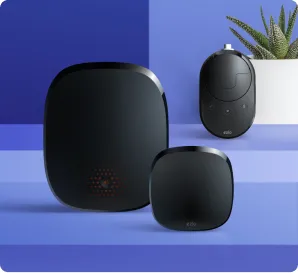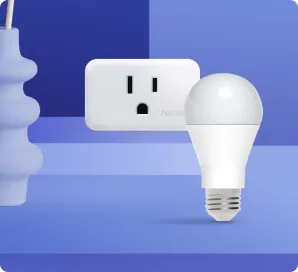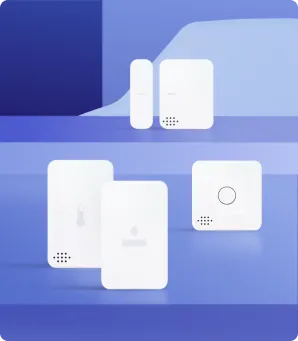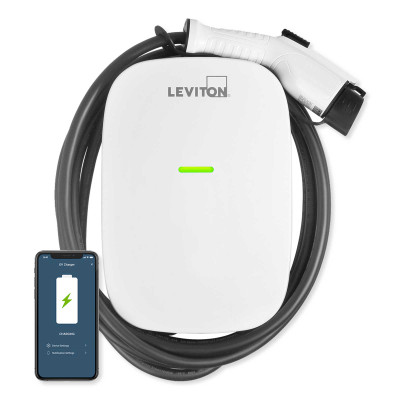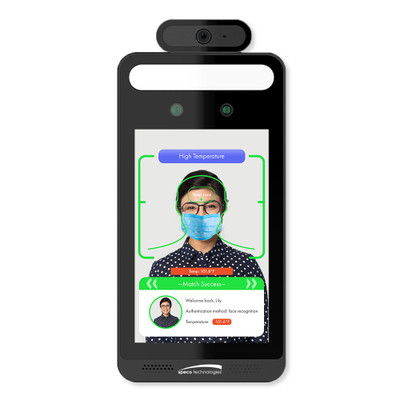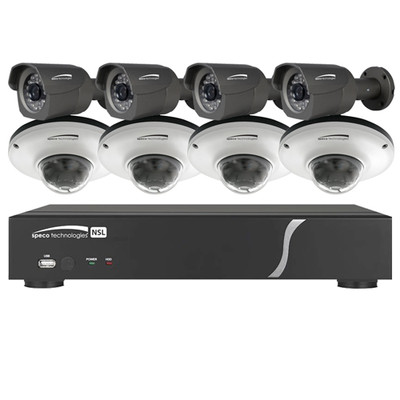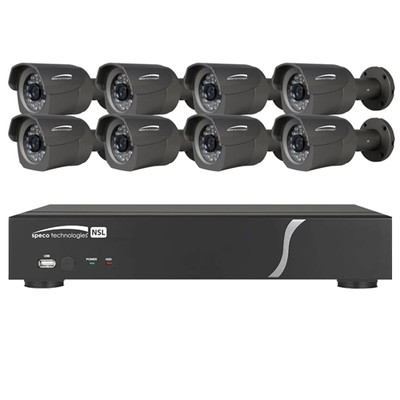Imagine not having to worry about your home and family constantly? Home security monitoring systems give you this peace of mind by ensuring you have a functioning surveillance system that deters criminals and protects your home.
The benefits of smart-home monitoring are plenty. You have a better home management system, motion and thermal detection, fire/gas/smoke detection, and real-time issue alerts. The main feature of smart-home technology is its ability to integrate and control every aspect of your home, making home management safer and more convenient.
How to Implement Smart Home Monitoring
Integrating IoT (Internet of Things) into monitoring equipment has revolutionized security surveillance. Modern monitoring equipment can not only work together but can also be operated remotely and provide real-time footage. These monitoring systems also integrate into other devices, such as alarm systems and smart locks. Did you know you can program a camera to lock the perimeter fence and trap an intruder?
This feature is only one of the many values you get from smart-home monitoring. So how do you set it up?
Professional Installation
While many new cameras are wireless and DIY, it is critical to understand that the setup process is still challenging. Issues such as proper camera placement, angling, and device integration require a professional touch.
While the front door is usually the target of most break-ins, it is not the only place that needs monitoring. A professional installer will outline the best place to put fire detectors, cameras, and other monitoring equipment.
While crime prevention is the primary role of home monitoring, these systems are handy for much more. You can monitor and speak to your pet while away or even monitor package deliveries. You may also want to see how your kids are or let them in after they get home from school. All these depend on how well you set up your system.
Whether you work with commercial or consumer-grade camera systems, professional installation is the best bet, especially for your first home security system.
Invest in Battery-Powered Cameras
Burglars have this habit of cutting the power when they break into homes. This practice disables any electrically powered security systems. Many tech brands have developed wireless, battery-powered security cameras that hide in plain sight.
Remember that home monitoring happens 24/7. Any interruption will make you lose critical footage. Wireless cameras are easy to install, and you can move them as often as you like. Wired ones are conspicuous and easy to find. Invest in a palm-sized camera you can hide easily, and one that will keep recording even when the power goes out.
Ensure Your Outdoor Cameras are Visible
Did you know that up to 60% of home invaders use external security cameras as criteria when selecting their targets? The sight of a camera discourages burglars because of the fear of being caught in the act. Outdoor cameras are your first line of defense. Not that they should be too obvious. Install them at a safe height to prevent vandalism, but ensure they are visible from a distance.
The only reason people hide cameras is to catch someone in the act. If you want to prevent crime altogether, make sure your external cameras are visible. Note that only 13% of the 2.5 million burglaries a year are solved by police. It is better to prevent a break-in rather than catch a perpetrator after the fact.
Camera Angles and Positioning
Positioning is usually the most challenging part of camera installation. If you don’t want the extra hustle of installation fees and lengthy contracts, you will have to do it yourself. In this case, there are a few things you should consider.
- Viewing angle
- Distance of camera from the subject
- Zoom capability
- Clear line of sight-no obstacles across the cameras field of view
- Glare from direct sunlight
Try to place the camera at an elevation at a downward angle. This placement reduces shaking or image distortion. You may need to consult a professional on this, especially if you have a big house.
It requires an expert to know where to place cameras precisely. Doing it yourself may be tiring and complicated, especially if you don’t have previous experience. Installing a DIY smart-home monitoring system will give you valuable experience if you decide to DIY.
Bottom Line
A smart-home surveillance system is an effective way to deter burglaries from targeting your home. If you want a pocket-friendly solution to all your security concerns, this is it. You won’t regret it.

